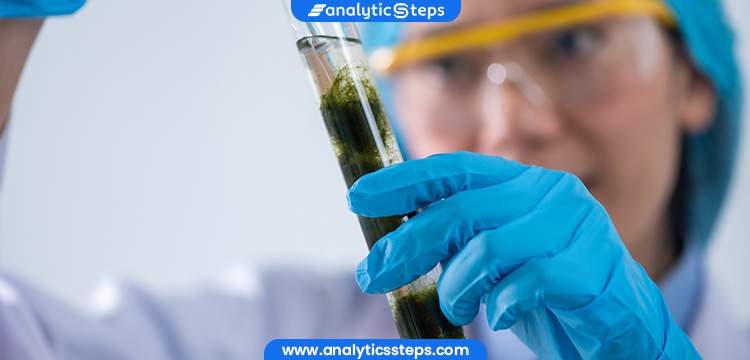Researchers developed a method to augment energy generation from microalgae
Oct 20, 2021 | Shaoni Ghosh

Algae, that blanketed themselves over the water bodies, could actually introduce a venture point towards the enhancement of efficiency of artificial photosynthesis. This enabled the scientists to wonder if there's a way of generating more energy and lower waste in the process.
Solar Panels vs Artificial Photosynthesis
Artificial photosynthesis could be the only possible way to generate electricity without being dependent on fossil fuels, natural gas, something which doesn't go by renewable methods.
As reported by TechXplore, solar panels, on an average, mark an efficient rating of 15-20% whereas artificial photosynthesis has recently marked an efficient rating of 4.5%.
Even though Artificial Photosynthesis proved to be comparatively less efficient than solar cells, yet as aforementioned, it is more "renewable and sustainable". And since renewable technologies have been harnessing nature's power, obtaining energy from light-harvesting proteins in algae has proved to be significant enough for it to revolutionise the field of bio-energy.
(Must Check: Clean Energy Sources- Solar Energy, Bioenergy and others)
The Research
According to a study by Nanyang Technological University, scientists have showcased enclosing algae protein in liquid droplets can drastically intensify the energy-conversion procedures as well as algae's light-generation, with three times more efficient than it was ever before.
The study was assisted by Assistant Professor Chen Yu-Cheng, who observed phycobiliproteins, a type of protein found in red algae, bear the inherent potential to make their mark in biotechnology and solid-state devices, due to their "unique light-emitting and photosynthetic properties".
The red algae, as a source of biological energy, could be put to use to promote sustainability as well as renewable energy, since it would in turn minimize the harmful end-products released in the process during the making of solar panels.
(Also Check: Solar Energy- A Renewable source of Energy)
To ameliorate the process and enhance the amount of energy generated before, the research team have developed a method to surround red algae, encase them into small liquid crystal micro-droplets of 20 to 40 microns in size and expose them to light.
In this process, the light is enclosed for a longer period of time, which furthers the photosynthesis process to prolong, thus producing more energy. Prof. Chen stated that this droplet acts like a resonator that traps a "lot of light" and added that this in turn increases "the rate of photosynthesis."
The energy generated can be enclosed in electrodes to produce it as an electrical current. The micro-droplets which behaved as a catalyst for "light-harvesting biomaterials" resulted in an increased production of electricity.
(Recommended Blog: What is Active Solar Energy?)
This method can be put to wider use, as the micro-droplets can be generated in huge amounts at minimal cost.
Asst Prof Chen envisages the capability of "algae farms" to amalgamate with larger liquid droplets to build floating power generators.
Conclusively, he stated that there is a high chance of micro-droplets bearing the potential to, when equipped with larger droplets, could explore beyond a "laboratory environment to create energy" which could convert 'bio-trash' to bio-power to a great extent.
